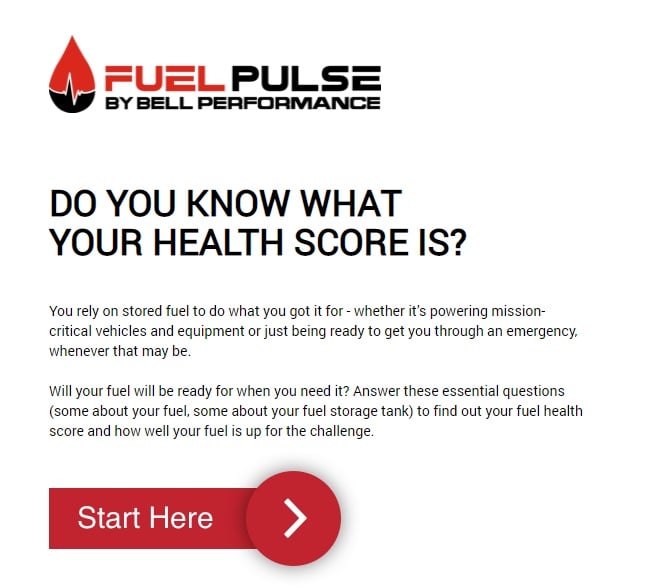APU Units for Trucks and Fleets: What you Need to Know
Anyone in the Fleet or long-haul transportation field knows how tricky it is to balance issues regarding idling and fuel maintenance. APUs can be a...

April is the usual month for the ATMC Show – the Automotive Training Managers Council. They’re the ones that, among other things, head up the training protocols and techniques that the mechanics themselves use. They are the training managers for the automotive repair and service industry. And their job is more difficult today than ever before.
 The automotive industry is one that’s changing at an unprecedented rate. Technology is pouring into the industry faster than at any other time before. And some trends from the last few years have fundamentally changed both the cars themselves and consumer expectations about how they think about cars and transportation (i.e. Uber).
The automotive industry is one that’s changing at an unprecedented rate. Technology is pouring into the industry faster than at any other time before. And some trends from the last few years have fundamentally changed both the cars themselves and consumer expectations about how they think about cars and transportation (i.e. Uber).
What trends are most likely to have the biggest impact on the automotive industry in 2017? What trends are going to impact what the automotive training managers (and, therefore, the mechanics and consumers after them) will have to take into account in 2017? Let’s see what the crystal ball might tell us.
Unless you’re in the automotive repair industry and have to buy repair parts, this might not seem like a big deal. There’s a new technology on the verge of use in 2017 called Blockchain, and it’s sure to get a lot of attention.
You can’t repair cars if you can’t get parts. And the supply chain, with its potential for problems like counterfeit parts, can be problematic for mechanics and their managers. Blockchain is a new technology that will create a more trusted and accurate process for how this essential supply chain works. The entire process will be made more secure with new checks and balances, and all of the recording and cross-checking and validation of the process will happen through servers “on the cloud”.
Believe me, unless you’re in the auto repair industry, this might not seem like all that much of an important thing. But ATMC members know how significant this development is likely to be in 2017.
Virtual reality technology has already been infiltrating our lives systematically over the past couple of years. Witness all the commercials for those VR headsets for our smartphones. Or the next time you go to one of the Orlando theme parks like Universal Studios, witness how many of the rides integrate virtual reality into the experience. And it’s only going to increase in the future.
Augmented reality (AR) is a term that’s supposed to convey the concept of specific, created elements that aren’t real, but which are added to our real world experience via technology. The best known example of this could be the smartphone game Pokemon GO, which had thousands of people in 2016 running around the streets, looking to find fictional characters that don’t exist in the real world, but which did “exist” in the real world within the context of the game these players were playing.
Okay, if that’s a little confusing, let’s tie it into the automotive world. 2017 should see the introduction of some “AR” trends for the auto industry. Specifically, we’re talking about new apps for repair shops that will be able to help mechanics visualize what needs to be fixed on the car without even having to pick up any actual real tools.
On the consumer side, potential car buyers will see AR tools made available that will allow them to design or select cars and customize various vehicle elements (like body shape and interior features) before they go to the show room. This is going to save everyone time and money.
Over the next year, we’re going to see an influx of 3D printing technology being applied to areas like car construction and parts manufacturing. 3D printing makes it very cost-effective to build and create any number of things. It has the potential to represent a fundamental shift in thinking on how we make things.
3D printing may impact the repair industry by making everyone rethink how cars are repaired. Right now, cars are designed to withstand multiple crashes and to last upwards of 7-8 years or more. But what if you could build a car that had a solid chassis within an outer that was cheap enough to replace after just one crash? What if automotive repair professionals had the ability to just replace the entire outside of the car for less than it would cost to replace one single panel today?
Those days may well be coming soon and 2017 could be the year that the impact of 3D printing on the customers served by the ATMC really accelerates.
Anyone in the Fleet or long-haul transportation field knows how tricky it is to balance issues regarding idling and fuel maintenance. APUs can be a...
Figuring out that you have algae in your fuel is one thing. But getting rid of it and keeping it away is a whole other ball game. A game you've got...

As a service to our customers, dealers and friends, Bell Performance hosts quarterly webinars on fuel topics of interest to their friends and their...